What is it?
The Customs Modernisation Programme was officially launched in 2009 in order to address a number of critical issues. Trade volumes had doubled over the previous 10 years, while staff numbers had, in fact, decreased. Systems and processes in Customs were still largely paper-based and labour-intensive, leading to large numbers of validation errors and wasting staff resources on low value-adding activities. Lack of adequate Customs presence at Ports of Entry, lengthy inspection turnaround times and poor trader awareness and management were also identified as other areas of concern.
Customs Modernisation was introduced to address these and other issues by focusing on four key areas: our systems, policies, processes and people.
In 2010, several “building block” projects were implemented under the Customs Modernisation Programme (CMP). This included Release 1 which saw the migration from the use of purpose codes on declarations to procedure category and procedure codes.
In 2011 and 2012, the modernisation of Customs picked up pace with every area of Customs and trade impacted by several key changes, called Release 2 and 3. The main change under Release 2 was the introduction of an automated workflow driven system, called Service Manager, which allowed customs officers to complete all clearance processes end-to-end without having to perform manual functions. Release 3 focused specifically on the Botswana, Lesotho, Namibia and Swaziland (BLNS) land border posts.
This website has been set up to keep stakeholders informed of changes that take place under the Customs Modernisation Programme.
Links to other web pages:
- Link to Electronic Data Interchange
- Link to SC-CF-04 – Completion of declarations – External Manual
- Link to Reporting of Conveyances and Goods
Need help?
If you have any queries, compliments, suggestions and complaints, click here.


